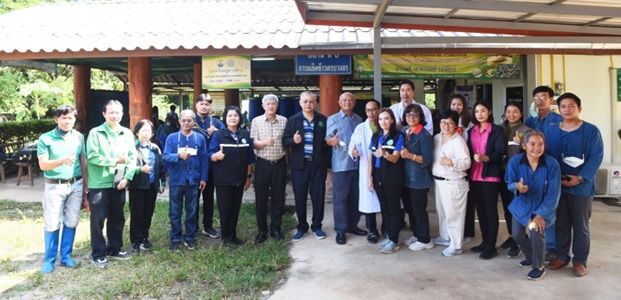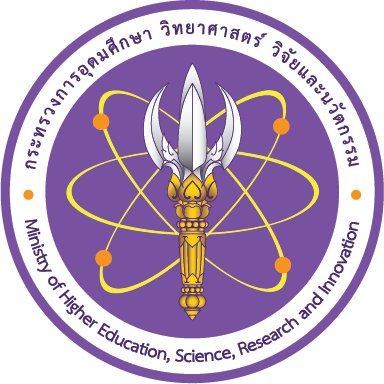BCG-Naga Belt Road is a project initiated under the Bio-Circular-Green Economy (BCG) agenda by BIOTEC-NSTDA to utilize modern agriculture technology to improve income and uplift the livelihood of glutinous rice farmers in the Mekong basin.
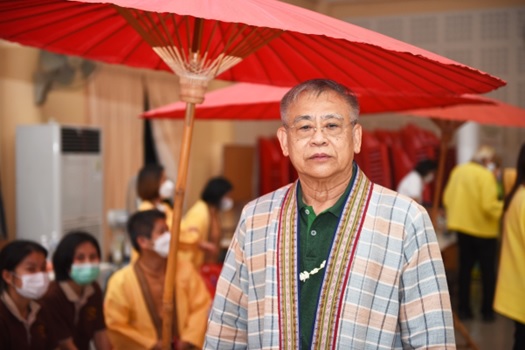
Dr. Yukol Limlaemthong, Chairman of the BCG Implementation Subcommittee on Agriculture, explained that the BCG implementation plan in agriculture aims at transforming Thailand’s agriculture system into a system of “3 highs”, namely, high efficiency, high standards and high income using an area-based approach. Pilot projects have been launched in five provinces, namely Ratchaburi, Lampang, Khon Kaen, Chanthaburi and Phatthalung, powered by a 4P (Public-Private-People-Professional) partnership. Special attention is paid on balancing the economic, social and environmental objectives. The core concept is to apply technologies to improve production efficiency, create additional value to farm products, upcycle agricultural waste, develop an agricultural value chain - from upstream to downstream, from production to processing, connect supply and demand, and link farm activities to the service sector to enhance tourism, leading to sustainable economic growth and tourism industry in each province.
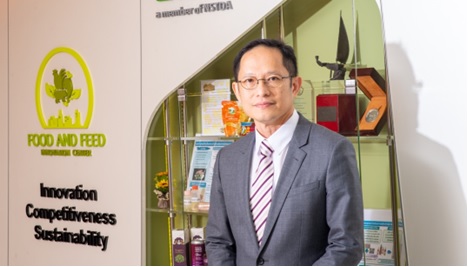
BIOTEC Executive Director Dr. Wonnop Visessanguan revealed that the BCG-Naga Belt Road project exemplifies the application of BCG concept to a specific target product which in the case is glutinous rice. Collaborators in this project include Rajamangala University of Technology Lanna, Kasetsart University, Chulalongkorn University, Udon Thani Rajabhat University, the Bank for Agriculture and Agricultural Cooperatives (BAAC), Siam Kubota Corporation Company Limited, KasetInno Company Limited, the Ministry of Agriculture and Cooperatives and local administrative offices and organizations. The project focuses on an integrated value creation from glutinous rice production to product innovation, creative economy and tourism. Local cultural heritage and resources are weaved together to create high value, eco-friendly products and cultural tourism, leading to improved income and better livelihood for glutinous rice farmers and enterprises in the production chain.
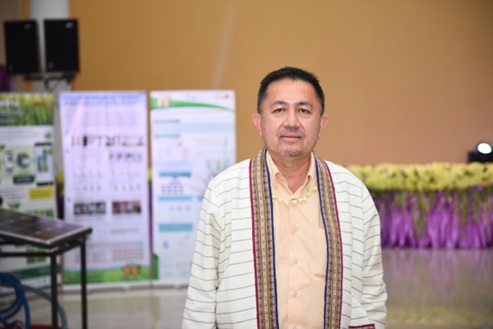
BIOTEC Deputy Executive Director Dr. Theerayut Toojinda provided details of BCG-Naga Belt Road. The project which has been launched in four provinces – Lampang, Chiang Rai, Udon Thani and Nakhon Phanom – focuses on four aspects: 1) transferring modern agriculture technology to glutinous rice farmers, 2) strengthening glutinous rice value chain and waste upcycling, 3) developing a creative economy based on cultural heritage and resources related to glutinous rice, and 4) establishing an enabler system to drive the BCG model.
The power of modern agricultural technology
Technologies introduced to farmers include seed production, code of practice to comply with health and safety standards, as well as practices for sustainable farming such as incorporating Azolla in rice cultivation to increase rice productivity. A total of 3,200 farmers from four provinces, corresponding to 24,152 rai planting area, participated in the project. The project enabled farmers in Phon Sawan district of Nakhon Phanom to practice organic farming in compliance with international organic standards, resulting in a 1-2 baht/kg higher selling price, a 419.85 tons greenhouse gas emission reduction from incorporating Azolla in rice cultivation, and a 9.75 tons greenhouse gas emission reduction from using clean energy.
Building a low-carbon society with circular economy
The value chain strengthening and waste upcycling subproject focuses on enhancing the competitiveness of enterprises engaging in glutinous rice processing and is participated by 173 individuals made up of college students, experts and entrepreneurs. Upcycling of rice straw results in useful products such as particle boards, biomaterial for food containers, and material for mushroom cultivation, whereas by-products such as fly ash and rice husk ash are used in the production of geopolymer and soil supplement.
In addition, a reskilling and upskilling program – supported by the Department of Agriculture, Siam Kubota, KasetInno and BAAC - has provided training to over 366 agribusinesses, ranging from rice mills to suppliers of farm supplies and service providers of farm machineries and drones. More than 40 new glutinous rice products were developed by entrepreneurs and food innovators based on creative design thinking.
Rice Disease Linebot: A tool for disease diagnosis
Rice Disease Linebot is a mobile application for rice disease diagnosis using image analysis and artificial intelligence. It is part of an enabler system supporting the BCG model. Developed by NECTEC-NSTDA in collaboration with BIOTEC and Kasetsart Univeristy, the system is designed for collecting and monitoring information to support the BCG Naga Belt Road project. The system collects information pertaining to each individual farmer such as farmer registration certificate, rice field location, weather information, risk assessment and survey results, which is then used for studies to support the policy design and development of BCG-agriculture.
Strengthening a grassroots economy with cultural tourism
A creative economy and quality tourism in four pilot provinces have been built based on local identity and cultural heritage with technical assistance provided by local universities. Souvenirs, local goods and cultural tourism centered around glutinous rice have been developed, along with a database of cultural heritage, traditional knowledge and local wisdom.
The BCG-Naga Belt Road project is a quick win of BCG Agriculture sector. It demonstrates the power of 4P partnership in driving an area-based BCG development to achieve tangible results, enhancing income and livelihood of glutinous farmers in the Mekong basin.
